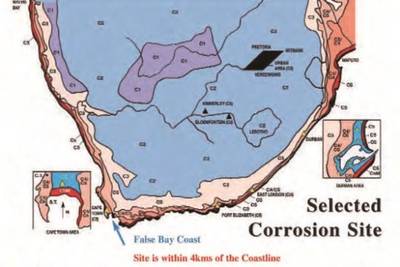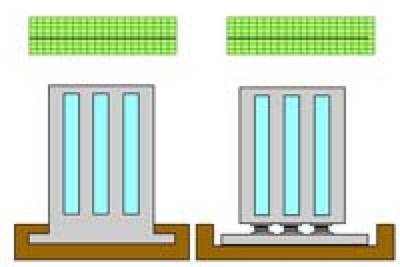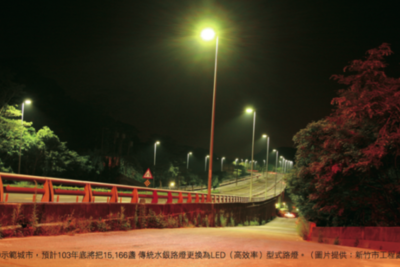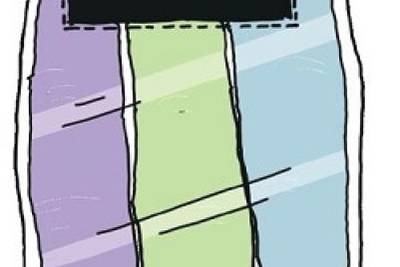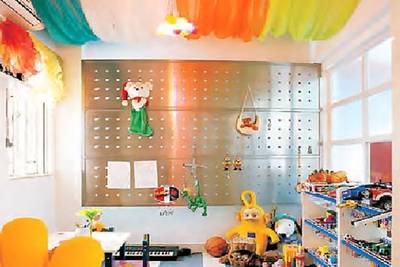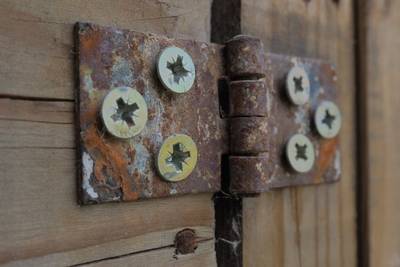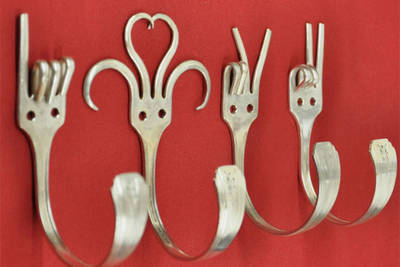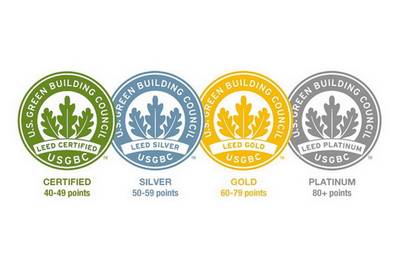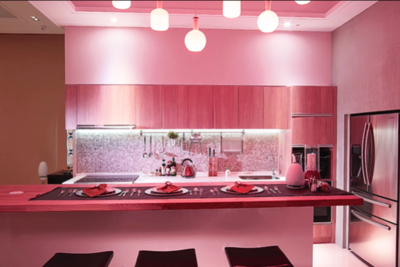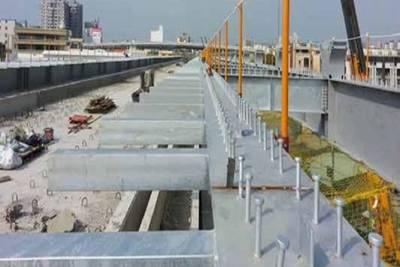 台灣區照明燈具輸出業同業公會
發表於2017/05/27
台灣區照明燈具輸出業同業公會
發表於2017/05/27
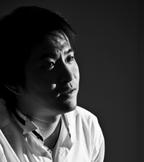
文、圖⊙陳宇晃/原碩照明設計
今年台北燈會剛結束,不曉得大家有沒有發現台北西區已悄悄改變?去年(105年)的2月,臺北市政府花了6天將束縛北門39年的忠孝橋引橋拆除,使國定古蹟北門主體得以重現,這是一件令我們鼓舞的事情。而今年(106年)的台北燈會,更轉移到西門町與北門一帶舉辦,讓大家更能親身感受西區的再生、體驗台北舊城之美。
看見忠孝引橋拆除後的北門,其實我的心裡是相當悸動的,因為這裡充滿兒時的美好回憶。當時北門周圍還是圓環,週日跟著家人在城中長老教會做禮拜,聚會時間很早,陽光自東側邊灑落北門起翹的燕尾上,悠然的將北門的影子越拉越長,屋脊的形狀在地面變形成了長長的角似的,覺得頗為有趣;接著車子慢慢駛近,壓過了地上尖尖的影子後彎進一旁的小路。回想這一幕,以光 描繪現代(打造現代台北光軸)30才知道我和這裡情感的聯繫早已超過想像。
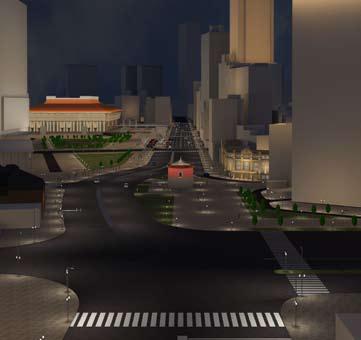
以光描繪現代(打造現代台北光軸)
北門重見天日後,躍然成為象徵台北的歷史地標,但成為焦點的同時,也讓幾乎所有人都放大檢視市容,大家心理不免疑問,環境改變了、但是我們的視覺文化改變了嗎?週遭廣告物招牌白天比大、晚上比亮,為的只是爭相競技誰能被看見的多,如此惡性循環下造就了我們現在的混亂城市街景,而這真能代表國家門戶嗎?有鑑於此,北市林欽榮副市長及都發局團隊們,除了執行中的『西區門戶計畫』外,亦在去年辦理了『北門及其周邊光環境管制計畫』一案,希望藉著照明的專業,重塑北門周邊以及古蹟園區的光環境,提升夜間風貌帶給民眾美好感受。
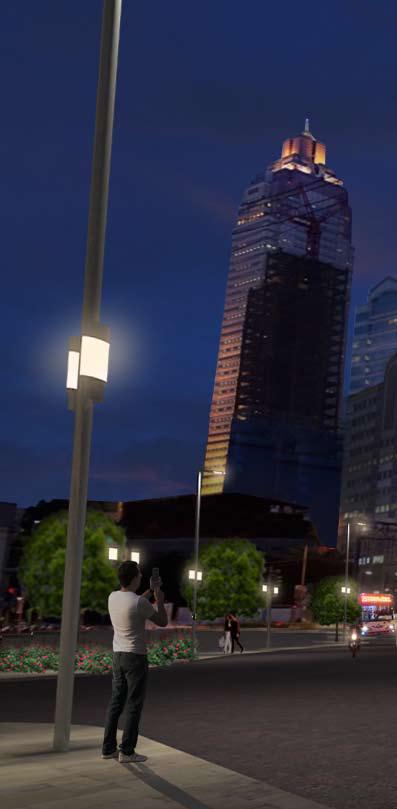
特別的是,這個案子是由周鍊老師特別帶領我們原碩團隊執行的,老師對於光環境的最終理想,是以光 書寫歷史(喚醒歷史記憶)希望透過『光』讓我們的心安定下來,而後得到平安。一再提醒著我們,面對城市夜景過度追求視覺效應的現在,不能一昧的被科技帶領,而是要去思考光與歷史、光與生態、光與人本之間的關係,規劃的心態是要尋求更人性的設計,起心動念不能有偏差,才能創造心與身的心靈環保、景與境的自然環保。
反觀台北車站週遭的光環境,的確讓人相當失望,在國光客運還沒有拆遷前,我們很疑惑的覺得它根本不像是一個客運總站,偌大的3C廣告,讓人以為是某日本廠牌的台北旗艦門市。除了廣告招牌的問題,再加上近年建築以全彩光色廣泛使用,造就了目前這凌亂首都視覺印象。我並不是否定光色本身,但建築本體要對自己夠理解才不會被技術牽著鼻子,因為不是每棟建築都適合顏色表現;好比穿衣服一樣,不是別人穿的好看的套在自己身上也一樣好看。我們必須對自己本身夠理解,知道自己的優缺點才知道如何表現。
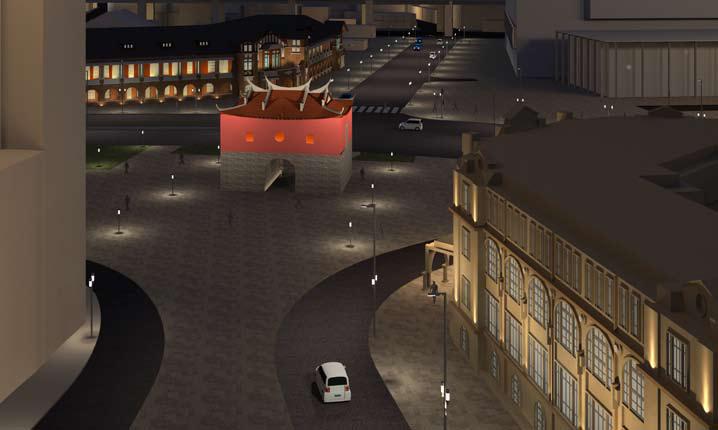
以光書寫歷史(喚醒歷史記憶)
Light Environment : A City’s New Icon
With the end of the Taipei Lighting Festival this year, we can clearly see that the face of the Western District of Taipei Cityhas slowly changed. In 2016, Taipei City Government has spent 6 days to demolish the 39 years old ZhongXiao Fly Over Bridge,in order to preserve the North Gate, a symbol of the former glory of Taipei City. In the near future, tourist all across nations may enjoy the beauty of Taipei’s Western District as a whole, as it offers rich historical values that will surprise us in every corner.
On this project, our Originator Lighting Design Consultant team was led by the renowned Chou Lien, one of the global leadersin this field. We incorporated his ideals during our design phase: designing light to comfort people, to let people achieve a peaceof mind through lighting design. He reminded us repeatedly during our early design phase of the urban lighting plan, that we shouldn’t be misguided by technicality and specifications; instead we should reflect on the relationship between light and history,environment, and people. The resulting design is not only human-centric, but also a sacred connection between human and nature,to encourage human to protect environment through light.
Light creates boundaries of space for human to do their activity, and also provides human with a visual scene. Light, inarguably plays a huge part in human’s daily lives. North Gate, now as the brightest point in Taipei’s Western District, is a symbol of the beginning of the city, a memory worthy enough to be passed down from generations to generations. The story doesn’t stophere, as the nightscape should be integrated for the whole city, using light, as a medium to pass on historical and cultural values, to achieve a better harmony between human and the nature.
原文出處:台灣照明雜誌2017春季版
